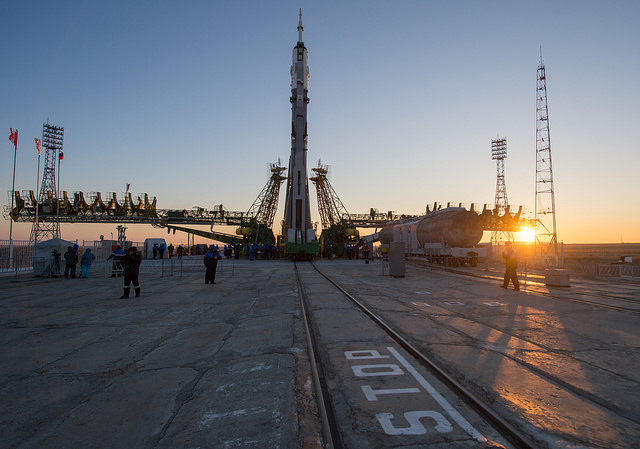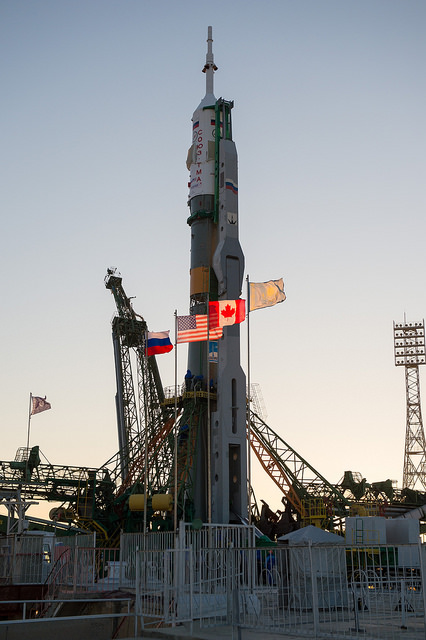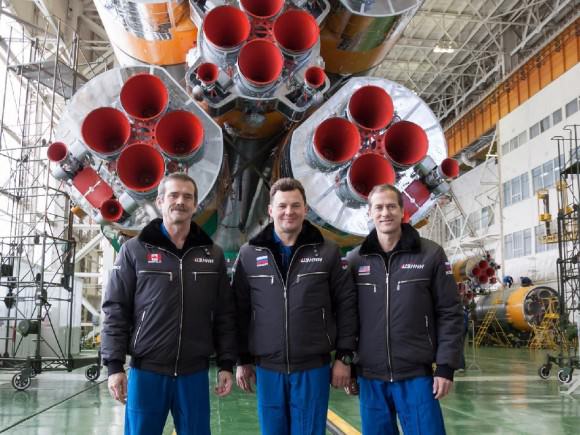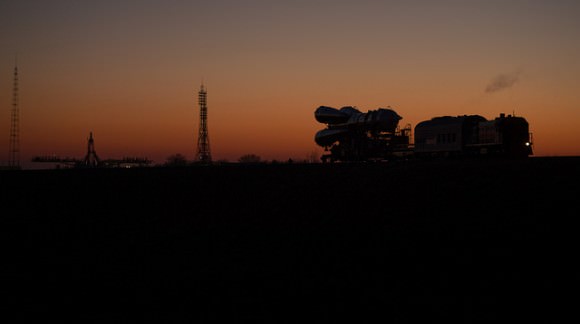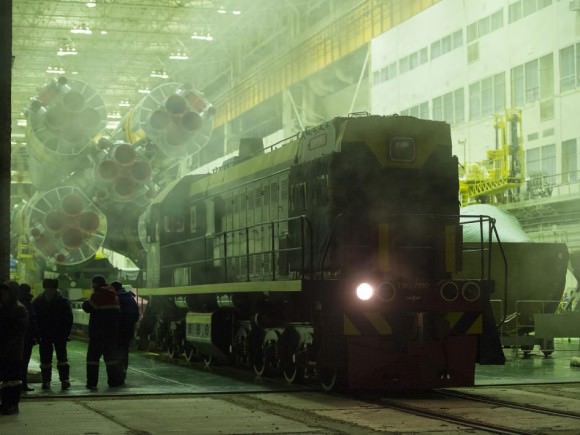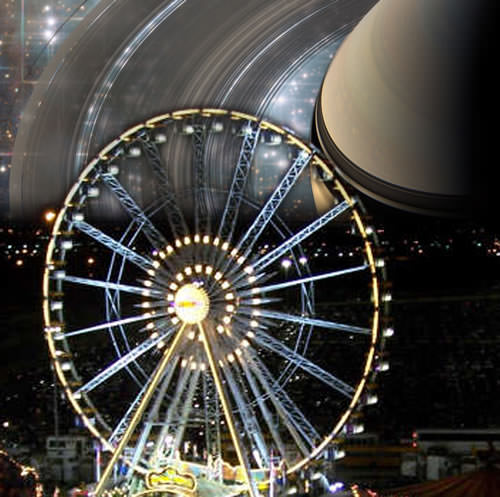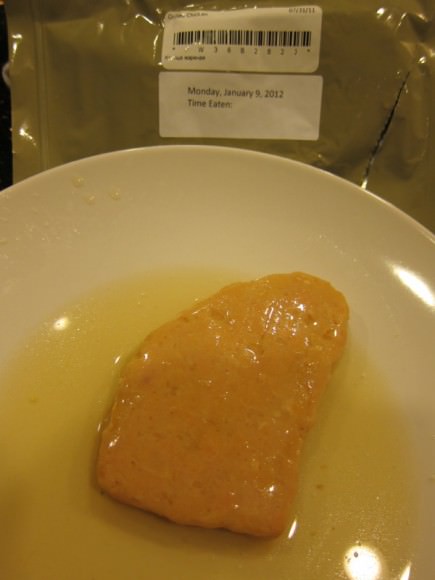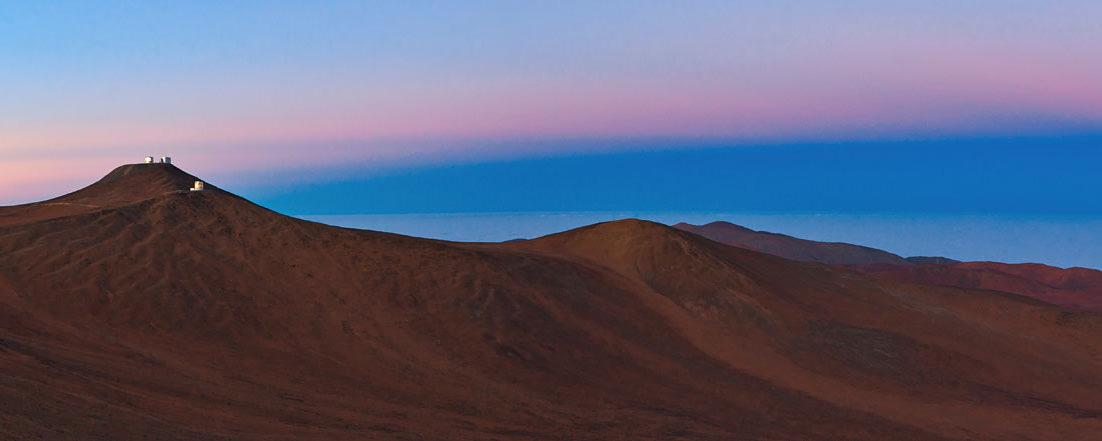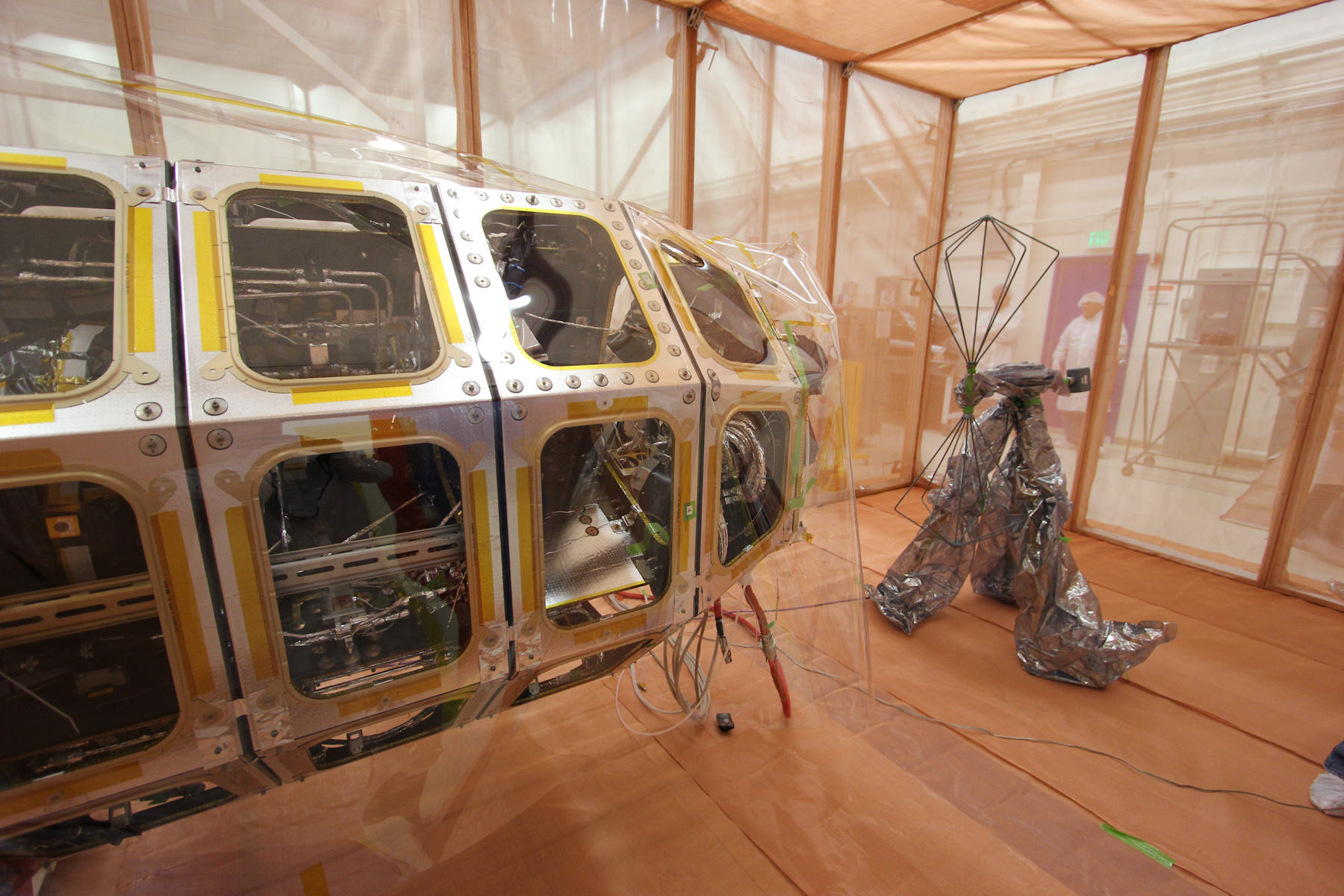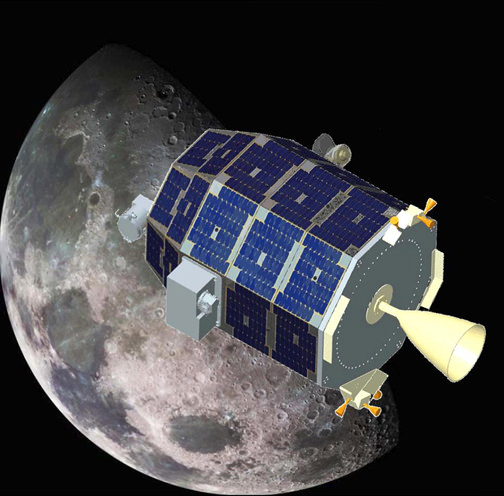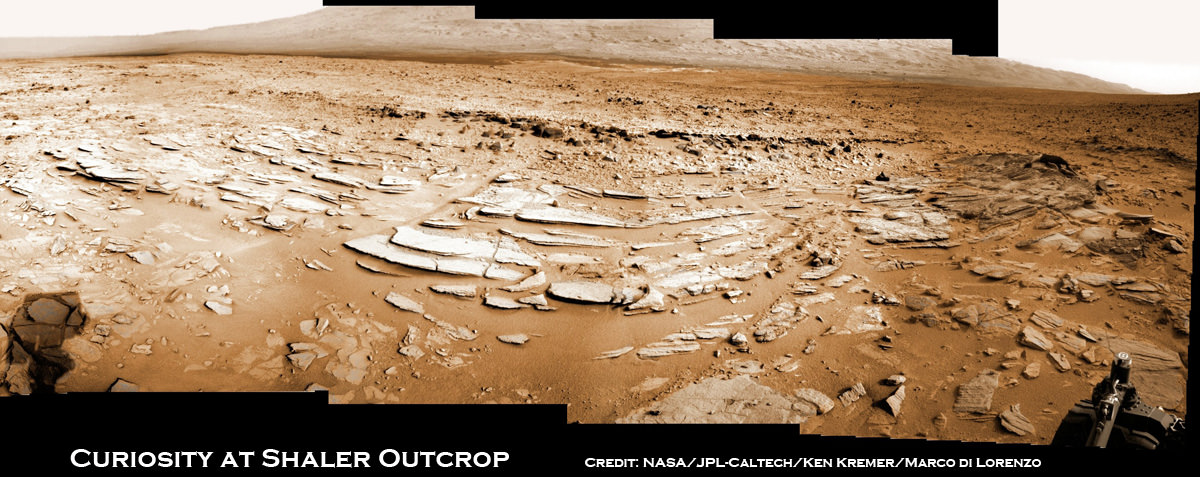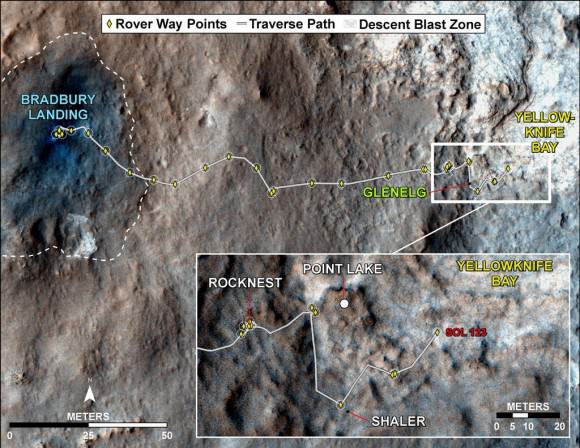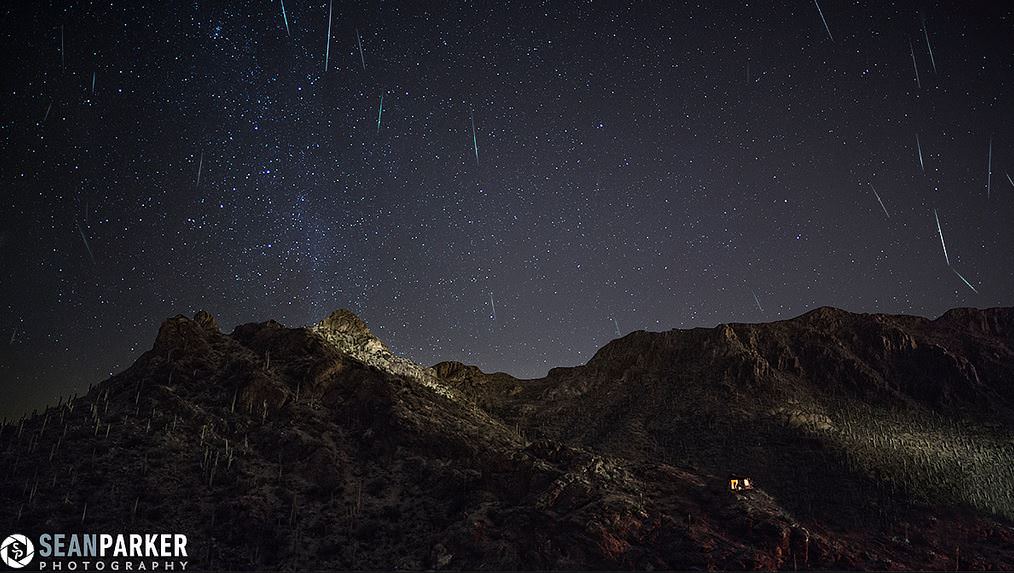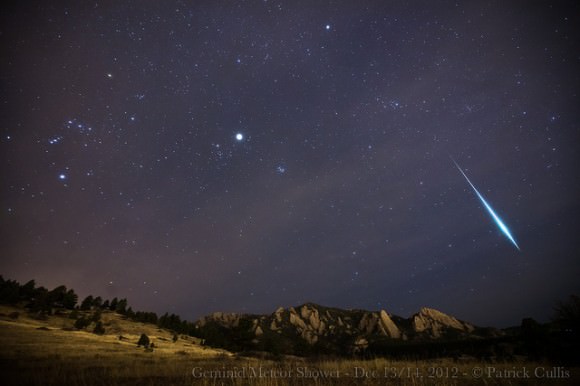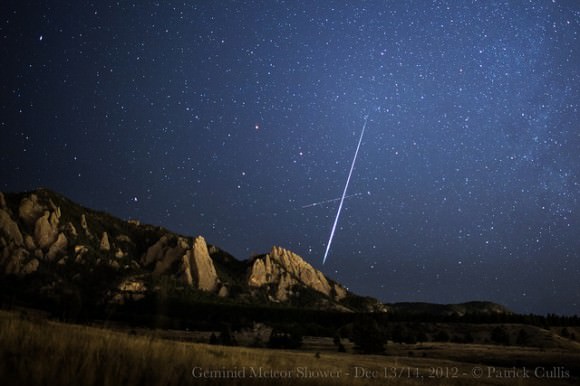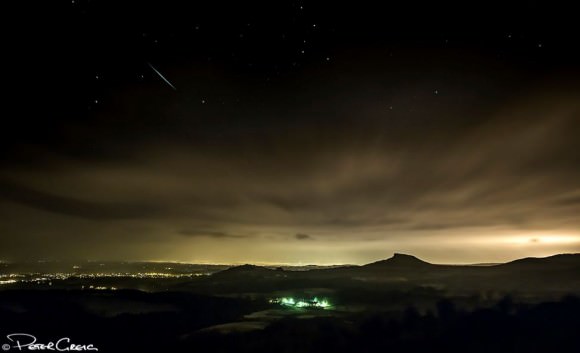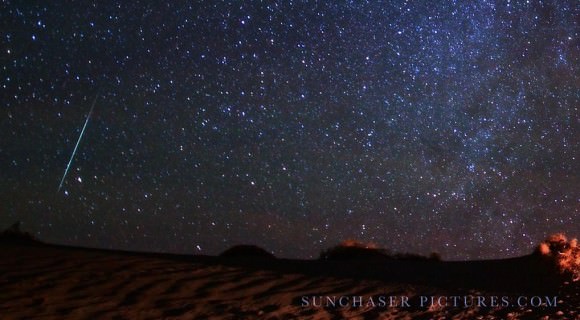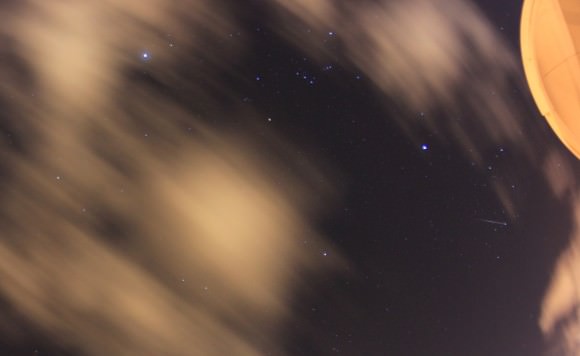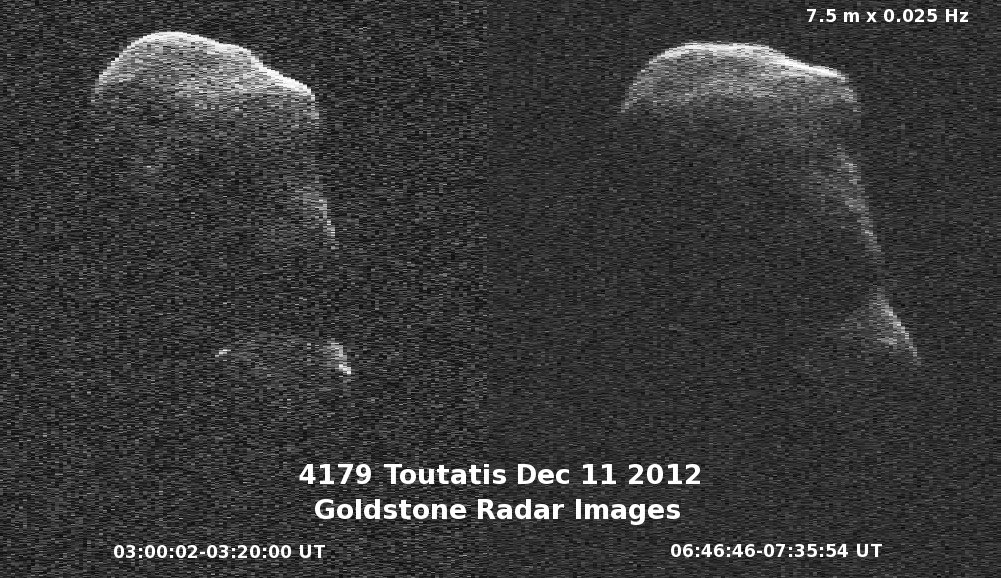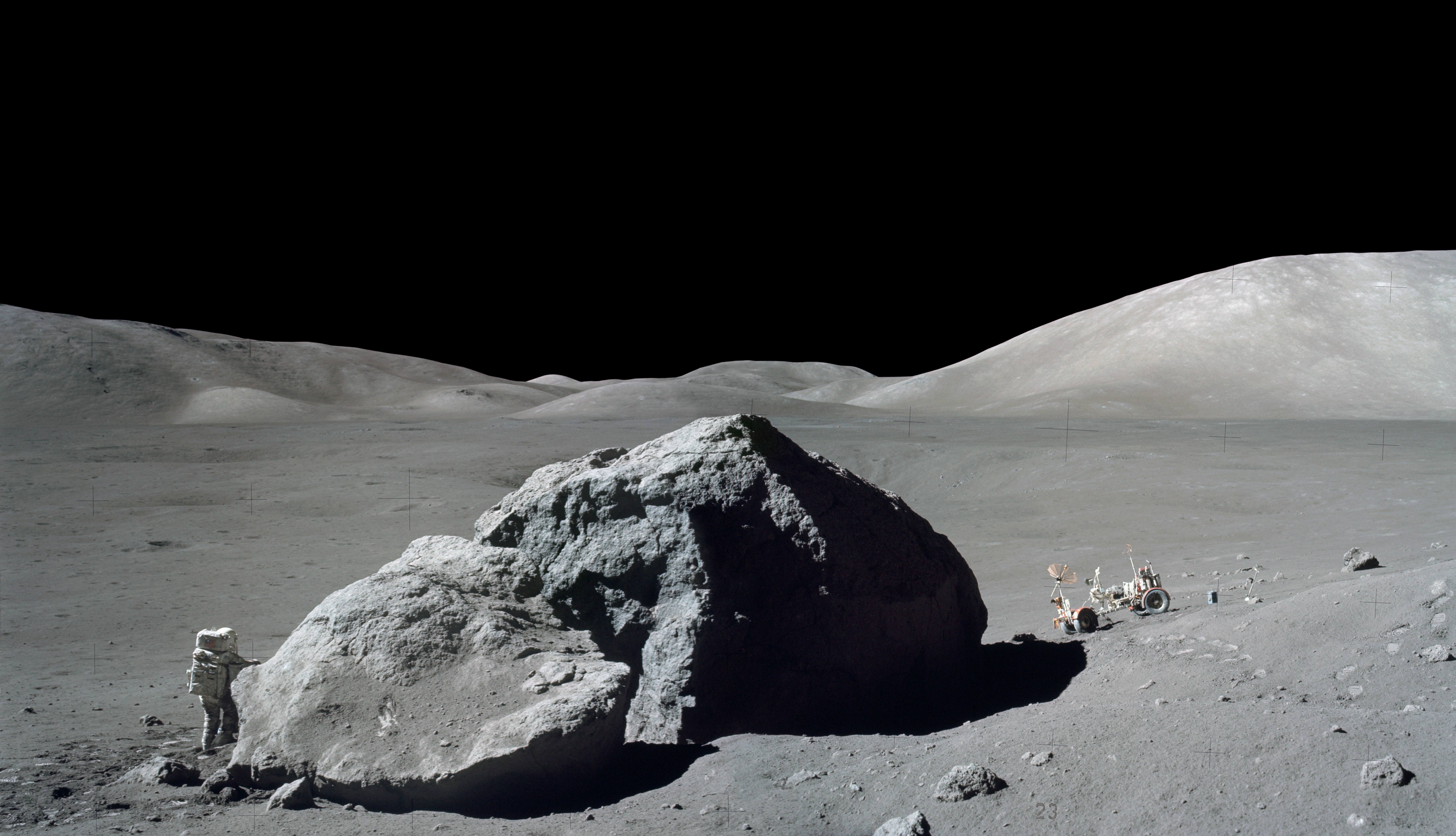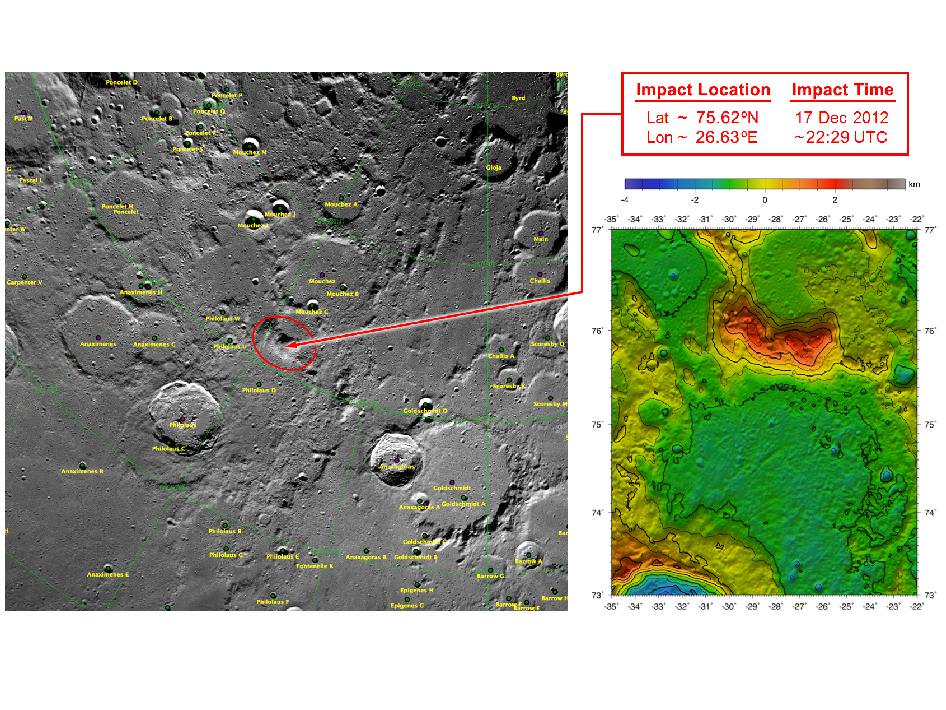The Soyuz rocket is erected into position after being rolled out to the launch pad by train on Monday, December 17, 2012, at the Baikonur Cosmodrome in Kazakhstan. Credit: (NASA/Carla Cioffi)
Early today the Soyuz rocket and Soyuz TMA-07M capsule were rolled out to the launch pad at the Baikonur Cosmodrome in Kazakhstan in preparation for the December 19 launch of the Expedition 34/35 crew. On board will be Flight Engineer Tom Marshburn of NASA, Soyuz Commander Roman Romanenko and Expedition 35 Commander Chris Hadfield of the Canadian Space Agency who will spend five months aboard the International Space Station.
We’ve been highlighting some of the training Hadfield has been through the past two and a half years, and per tradition, Hadfield and his crewmates were not present at the rollout today. Instead they were getting their hair cut. “I’m not superstitious,” Hadfield said, “but I’m all for traditions, especially ones that serve a good purpose. I’ll need short hair while I’m on the space station.”
The launch is scheduled for 12:12 UTC (7:12 a.m. EST) on Wednesday, beginning a two-day journey to the station.
See more images and a video of the rollout below:
The flags representing Kazakhstan and the nations of the three crewmembers who will launch in the Soyuz TMA-07M spacecraft are shown at the launch pad at the Baikonur Cosmodrome in Kazakhstan on Monday, Dec. 17, 2012. From left to right are the flags of Russia, the United States, Canada and Kazakhstan. Credit: (NASA/Carla Cioffi)
During a call with the media last week, Hadfield also discussed another tradition, started by Yuri Gagarin in 1961 on the first human space flight. Gagarin stopped to urinate on the right rear tire of the transport bus that brought him to the launchpad, and since then all cosmonauts and astronauts, (reportedly both male and female) have urinated on the right rear tire of their transport buses before boarding their spacecraft.
“It’s a good idea because you are about to get into a rocket ship with a long time until you get to the next toilet,” Hadfield said. “So, it’s just a good idea — just like anyone going on a long trip — making sure everyone goes to the bathroom first. I’m all for traditions that help get people ready for doing things that are demanding, and which lend a sense of significance to them.”
Chris Hadfield, Roman Romanenko and Tom Marshburn At the Integration Facility at the Baikonur Cosmodrome in Kazakhstan on Dec. 14, 2012. Credit: Roscosmos.
The Soyuz rocket is rolled out to the launch pad by train on Monday, December 17, 2012, at the Baikonur Cosmodrome in Kazakhstan. Credit: (NASA/Carla Cioffi).
The Soyuz rocket preparing to leave the hanger, to be rolled out to the launch pad by train on Monday, Dec. 17, 2012, at the Baikonur Cosmodrome in Kazakhstan. Credit: NASA
Hadfield getting a haircut before launch. Via Twitter.
You can see more images from the rollout at NASA HQ’s Expedition 34 Flickr page.

